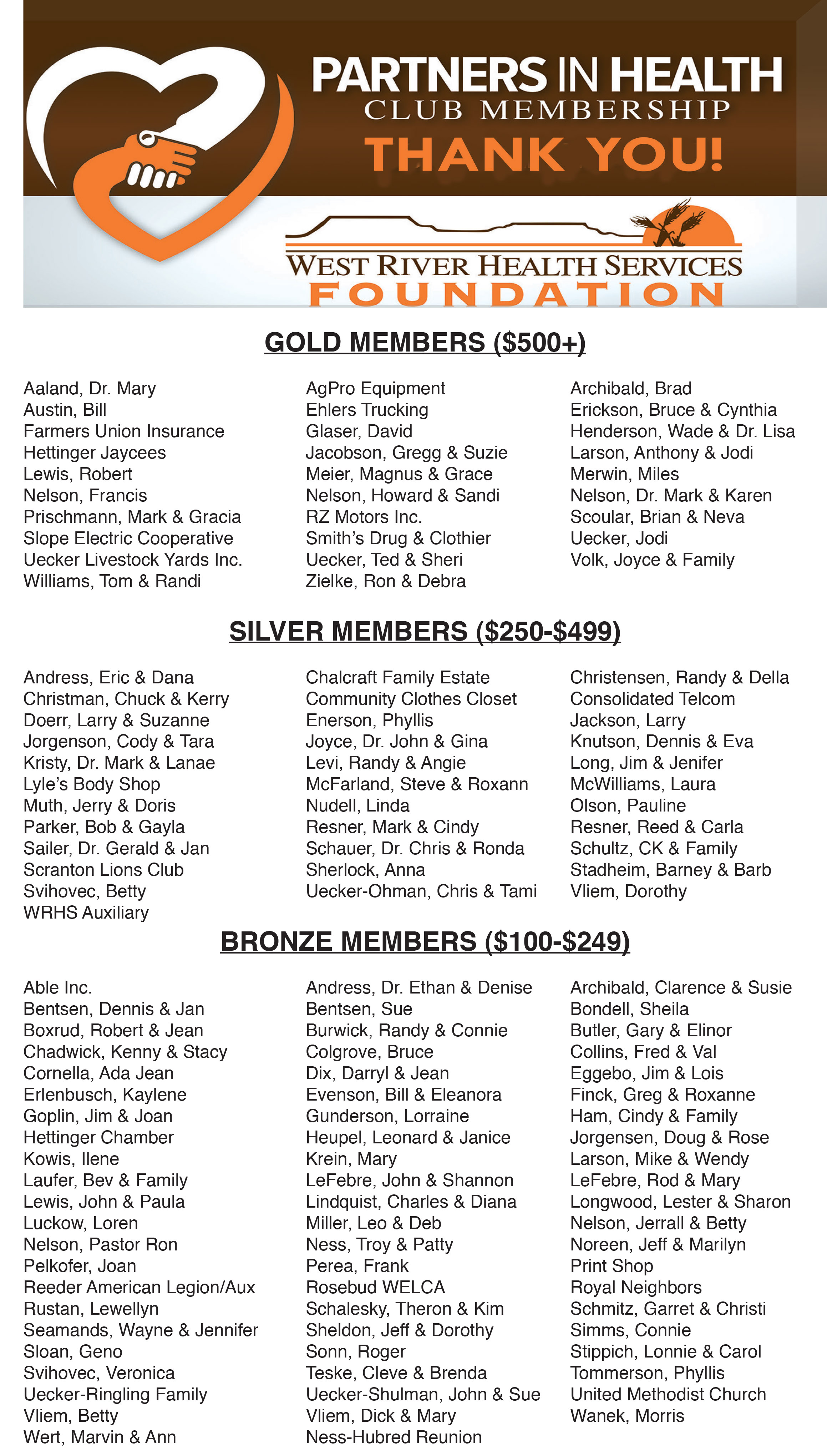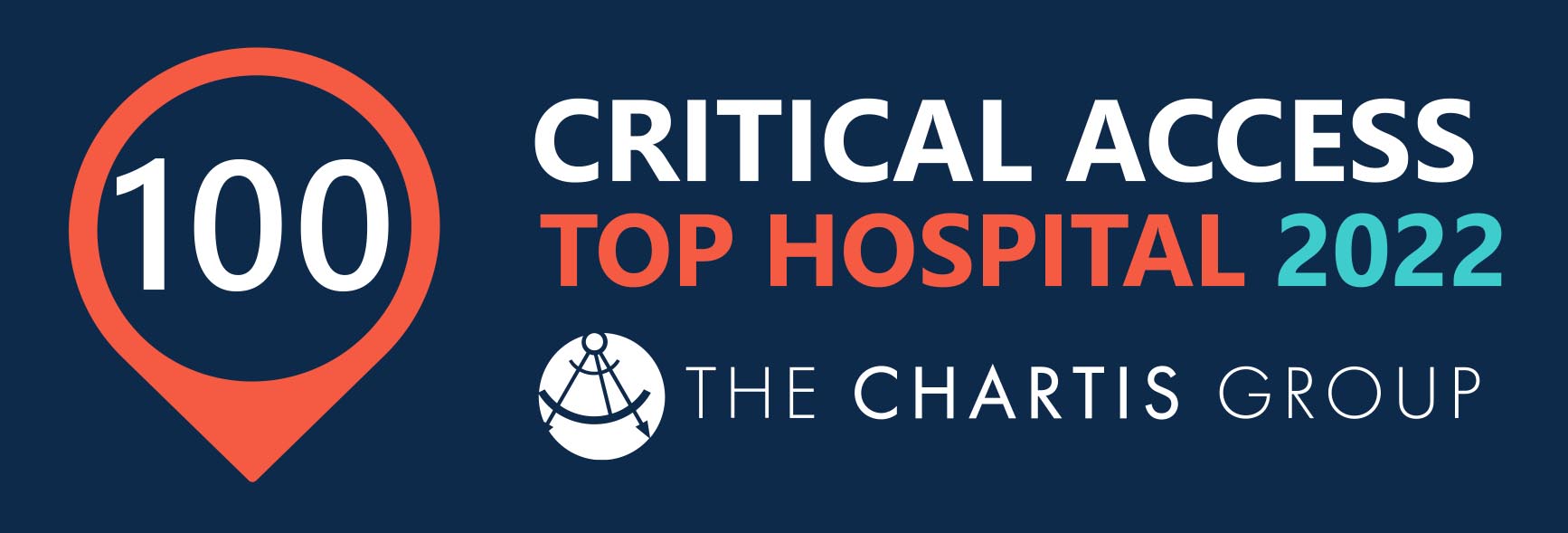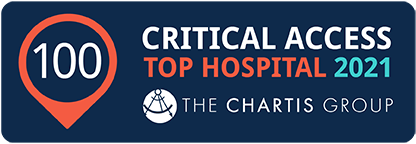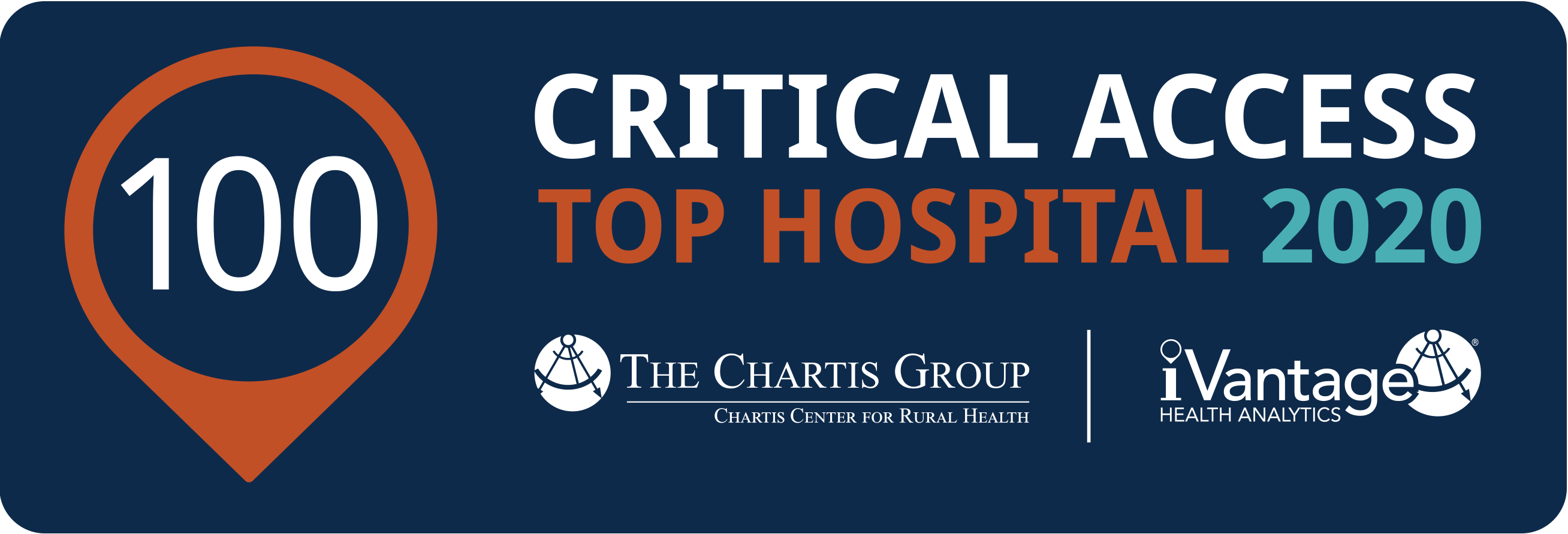
West River Health Services
MISSION
The mission of West River Health Services is to provide comprehensive health and wellness services to the residents and visitors of the region.
VISION
To be a unified organization; To provide a full spectrum of services in the continuum of care; To follow its Mission of service and Values of Excellence, Innovation, Compassion and Respect; To face with courage the constant challenges of providing rural healthcare; To accept and assert itself in the role as a regional and national leader.
CORE VALUES
Excellence in practice,
Innovation in service,
Compassion for the people we serve, and
Respect for one another.
OUR MOTTO
Quality FirstTM
Top Stories
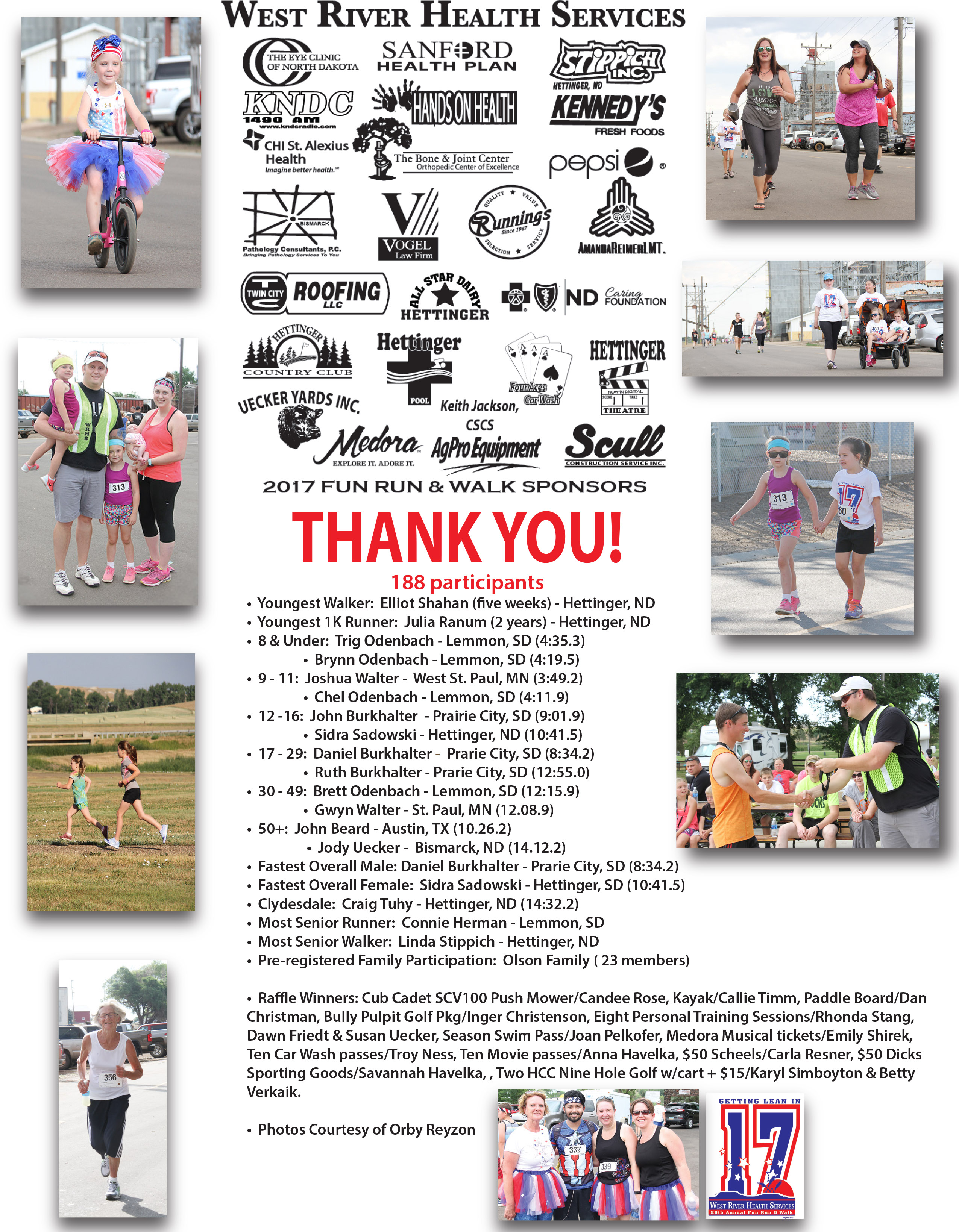
 Bacteria have a bad reputation, and you may spend hours protecting yourself and your family with anti-bacterial products. What you may not realize is that you are literally teeming with bacteria and other organisms too small to be seen with the naked eye. More than 100 trillion microbes occupy your body at any one time, and they serve as protectors as well as threats to your health.
Bacteria have a bad reputation, and you may spend hours protecting yourself and your family with anti-bacterial products. What you may not realize is that you are literally teeming with bacteria and other organisms too small to be seen with the naked eye. More than 100 trillion microbes occupy your body at any one time, and they serve as protectors as well as threats to your health.
Microbiome is the term for the community of bacteria and their genetic material living in your body. Scientists admit that they are a long way from understanding exactly how these microorganisms influence short- and long-term human health, but they know that the influence is strong. The National Microbiome Initiative was established in May of 2016 to expand our knowledge.
Yes, you should wash your hands frequently, particularly during flu and cold season when you might pick up and pass along bacteria that make you sick. After you use your hands to make a hamburger patty or prepare a chicken breast for cooking, you should also wash your hands promptly and thoroughly. Otherwise, you are likely to pick up bacteria such as E. coli that can cause food borne illness.
Some bacteria have a well deserved reputation. But any thought that you can or should wash your hands and body free of all bacteria should be banished from your mind.
The skin is itself part of the immune system, a barrier that protects the blood vessels and inner organs from harmful organisms.
It is also the part of our body that interacts with the outside world and, as a result, becomes colonized with numerous bacteria, viruses, fungi and other organisms. The vast majority of these organisms are harmless. Others protect us by fighting off more dangerous invaders or, in some cases, prompting the immune system to respond to a perceived threat.
Choosing Skin Environment
Your microscopic friends are a diverse lot. Some like skin folds; others prefer regions that are high (or low) in temperature and humidity. Your clothing, cosmetics, moisturizers, lotions and soaps all influence these colonies of bacteria. If you are taking antibiotics or using antibacterial products, you will be affecting your skin bacteria, for better or worse.
Is it possible that some of your efforts to rid yourself of bacteria may be counter-productive? Some observational studies suggest that people living in super-clean environments are more vulnerable to certain inflammatory and autoimmune diseases. More research is needed to prove this “hygiene hypothesis.”
Our bodies, inside and out, become colonized with microorganisms during birth and immediately after. Vaginal birth babies have a higher bacterial count after one month compared to those born by caesarian section. Breast feeding also helps increase the number of bacteria. And all of this is considered highly important in promoting development of an effective immune system and preventing conditions such as eczema and asthma.
Family members have been found to have similar communities of bacteria, and this may account for similarities in body type and vulnerability to certain diseases, including diabetes. One study found that persons with a large number and a wide diversity of bacteria in their gastrointestinal systems had a lower rate of obesity and type 2 diabetes.
But your gut microbiome changes throughout life and is influenced by diet and lifestyle as well as by where you live and your close physical associates.
Smoking causes major changes in your gastrointestinal bacteria and has been linked to an increased risk of Crohn’s disease.
Stress may alter the gut microbiota; and, conversely, changes in the microbiota can have an effect on mood. Some research suggests that microbial changes associated with a poor diet may worsen symptoms of depression.
One study found that professional athletes had greater diversity of gut bacteria than less active persons and that this benefit increased as they became more fit and followed a training diet.
You’re probably not thinking about your bacteria when you avoid smoking, exercise regularly or try to manage your stress. But they are involved in the process. Conversely, if you are sedentary or obese, you are changing the composition of your microbiome in a way that may make you more vulnerable to certain diseases or medical conditions.
Geography is also involved. Children in rural Africa and Venezuela have more diverse colonies of bacteria than children in the United States. On the other hand, Americans who travel to developing countries are at risk of picking up gastrointestinal bacteria that result in short-term diarrheal illness and, sometimes, long-term bowel problems, including irritable bowel syndrome.
When it comes to diet, it may be a two-way street. If you eat a high fat/high sugar diet, you are breeding microbes in your gut that thrive on that kind of diet and encourage you to feed them more of the same.
One study (2009) using mice that had been raised in a totally germ free environment, then injected with microorganisms from human fecal samples found that the number and type of microorganisms in the intestines could be changed in one day through a change in diet.
A later study (2014) replicated the results with humans. Comparing subjects eating only eggs, meat and cheese versus those eating only granola, lentils, fruits and vegetables, the researchers found that “the relative abundance of various bacteria species looked like it shifted within a day after the food hit the gut.”
To build a protective colony of intestinal bacteria, many experts recommend prebiotics and probiotics.
Prebiotics are non-digestible food ingredients that resist stomach acids and absorption into the upper intestinal tract. They create short-chain fatty acids such as butyrate that may work against weight gain tendencies. Prebiotics are found in whole grains, fruits, root vegetables and legumes such as beans and lentils.
Probiotic foods contain beneficial bacteria. They include yogurt (without added sugar), cheese made from raw milk, kefir, lassi, sauerkraut, miso soup, soft cheese and sourdough bread.
Although the nutritional benefits of fiber are well established, there is, as yet, no solid evidence supporting the benefits of probiotics.
For better and worse, our microbiome reflects who we are–what we eat, what we inherited, where we live, the medications we have taken and our exercise habits. There is still much to be learned about the bacteria that inhabit our bodies, and there are no simple answers.
REFERENCES:
Eryn Blass, “The National Microbiome Initiative: fueling the discovery of the microscopic world around us,” Harvard University Graduate School of Arts and Sciences, July 20, 2016.
Geraldine O. Canny and Beth A. McCormick, “Bacteria in the intestine, helpful residents or enemies from within,” Infection and Immunity, August, 2008.
Michael A. Conlon and Anthony R. Bird, “The impact of diet and lifestyle on gut microbiota and human health,” Nutrients, January, 2015.
Sarah Dash, et al, “The gut microbiome and diet in psychiatry: focus on depression,” Current Opinion in Psychiatry, January, 2015.
Lawrence A. David, et al, “Diet rapidly and reproducibly alters the human gut microbiome,” Nature, December 11, 2013.
Nathan Gray, “Diet can ‘rapid and reproducibly’ alter our gut bacteria: study,” Food Navigator, December 16, 2013.
Elizabeth E. Grice, “The skin microbiome,” Nature Reviews Microbiology, April 9, 2011.
David A. Johnson, “Enhancing the microbiome through diet, sleep, and exercise,” Medscape Gastroenterology, March 16, 2016.
David A. Johnson, M.D., “The gut microbiome’s role in nonalcoholic fatty liver disease,” Medscape Gastroenterology, November 19, 2015.
David A. Johnson, M.D., “The wide-ranging role of the microbiome,” Medscape Gastroenterology, September 15, 2015.
Tanya Lewis, “National Microbiome Initiative launched,” The Scientist, May 13, 2016.
Webb C. Reinoso, et al, “Protective and pro-inflammatory roles of intestinal bacteria,” Pathophysiology, June, 2016.
Tiny Hessman Saey, “Lawrence David’s gut check gets personal,” Science News, September 21, 2016.
“Skin bacteria could protect against disease,” ScienceDaily, November 11, 2016.
Michael W. Smith, M.D., “Probiotics and prebiotics: ask the nutritionist,” WebMD reviewed by Laura J. Martin , M.D.
Peter J. Turnbaugh, “The effect of diet on the human gut microbiome: a metagenomic analysis in humanized gnotobiotic mice,” Science Translational Medicine, November 11, 2009.
Ed Yong, “There is no ‘healthy microbiome,’” New York Times, November 1, 2014.

 Nearly 100 years ago, Joseph Pilates talked about developing a “girdle of strength.” Another Pilates term for these core body muscles is “powerhouse.” They are the physical center of the body, crucial to virtually every movement we make.
Nearly 100 years ago, Joseph Pilates talked about developing a “girdle of strength.” Another Pilates term for these core body muscles is “powerhouse.” They are the physical center of the body, crucial to virtually every movement we make.
Joseph Pilates called the physical fitness system he developed “contrology.” His goal was to build stability, flexibility, strength, endurance and control through exercises involving the muscles of the abdomen, lower back and hips–the body’s powerhouse or core.
Today, more than 11 million Americans practice Pilates as an exercise form. But even if you have never taken a Pilates class, you have undoubtedly heard plenty from trainers and others around the gym about the importance of building and maintaining a strong core.
These core muscles include not just the external abdominals that we ordinarily think of but the inner abdominals and smaller muscles that line the spinal column. Your gluteals and pelvic floor muscles are also important parts of your core.
If you are just beginning to exercise or learn dance, core muscles are crucial to developing good form and posture. If you are already an accomplished athlete, these muscles help protect you from injury, particularly problems of the lower back.
To understand the importance of the body’s core, you need to consider the design of the human body. You have a spinal column that is expected to keep your body upright and bear loads. Yet this spine consists of vertebrae that allow you to be flexible–to turn, bend over, run and dance.
Imagine how you are able to lift and carry a 50-pound suitcase with one hand up a flight of stairs and still keep your body reasonably straight and upright. You need strong muscles on the carry side but also on the other side to keep you from tipping over. The stress goes all the way from the shoulders to the heels and toes. And it requires a well developed core.
Core Stiffness Is Key
According to Stuart McGill, Ph.D., a Canadian professor of spine biomechanics and a noted back pain expert, the key is core stiffness, which is crucial for both performance and injury prevention.
And that’s why your trainer might advise you to include at least some one-legged, one-armed weight lifting, such as curls or kickbacks, in your routine. As McGill puts it, “stiffness prepares the joint to bear load without buckling.”
THE PLANK: One of the most basic core exercises is the plank. While lying face down on the floor, turn your body into a plank. Lift yourself on your forearms and maintain that position, keeping your body as straight as possible.
Gravity is trying to force you to sag; your core muscles are keeping you stiff and straight. You might start with a 20-second hold, then work yourself up to 30 and 60 seconds.
When the plank becomes relatively easy to perform, try variations. Lift one leg and move it outward and then back. Repeat with the other leg.
Now do the same with each arm. And finally lift your left leg and right arm together.
You get the idea. You are stressing your body with movement and counting on your core muscles to keep you stable.
THE SIDE PLANK is the same but on the side, resting on one forearm.
For the initial level of difficulty make the plank between your forearm and your bended knees. Make it more difficult by placing the outer hand on the hip for greater mass.
Then create the plank from the feet to shoulders and make it more difficult by placing the upper hand on the hip. Finally, lift the upper leg and hold for 20 seconds. You might also try extending the arm at the same time that you are extending the top leg.
The side plank targets many of the smaller muscles that are rarely used plus the obliques. Remember the importance of stiffness. Keep your body straight and perpendicular to the floor; don’t let your hips sag.
THE BIRD DOG is another variation of the plank. Go to all fours on the floor. Then, like a bird dog, lift one arm and point it forward while lifting and straightening the opposite leg. Hold for 10 seconds and do 8 to 10 repetitions for each side.
You can increase the challenge by drawing squares in the air with both the arm and the leg.
PUSHUPS, YES; SITUPS, NO. Traditional pushups are clearly good for building core strength as long as you use proper form. And you can make the pushup harder by elevating either your legs or your hands on a barbell or bench.
Situps and crunches, on the other hand, traditionally recommended for strengthening abdominals are really not so helpful and may even have a detrimental effect. If you have no abdominal fat whatsoever (how many of us don’t?), doing several hundred crunches a day might give you the semblance of “six-pack abs.”
Yet you will rarely have an occasion to use your abdominals in that way during daily life. The muscles in the core body are more important as stabilizers than as flexors. Doing repeated crunches, moreover, involves repeated bending of the spine that, according to Dr. McGill,“is a potent injury mechanism.” Do enough situps or crunches to get six pack abs, and you will likely end up with one or more herniated discs.
Doing crunches on a gym ball may be just as unsafe, Dr. McGill says, because these too are likely to stress the discs. It’s much better to rest your forearms on the gym ball and form a plank with your body–an exercise he calls “Stir the Pot.”
Move your forearms in a circular fashion, keeping your abdominal muscles braced and your gluteals tight. Control your core so that it moves as little as possible.
It’s not easy; as with all core exercises, the goal should be to challenge yourself as much as possible.
With a strong core that provides stability and stiffness, you can run faster, lift better, dance with greater fluidity. And, even more important, you will be protecting your back and the rest of your body from injury.
REFERENCES:
Timothy Bell, “5 fundamental core and abdominal exercises for beginners,” BreakingMuscle.com
“The benefits of Pilates,” Balanced Body.
Matthew Ibraham, “The best core strengthening exercises to a healthier spine,” The PTDC.
Rael Isacowitz and Karen Clippinger, “Core stability plays key role in body alignment,” Human Kinetics, Excerpt from Pilates Anatomy.
Mayo Clinic Staff, “Fitness,” MayoClinic.com, August 1, 2016.
Stuart McGill, Ph.D., “Core training: evidence translating to better performance and injury prevention,” Strength and Conditioning Journal, June, 2010.
Stuart McGill, “Why everyone needs Core Training.”
“7 Pilates core moves,” Daily Burn, March, 2015; updated August, 2016.
“7 of the best core exercises,” Travel Strong.
“6 side plank variations for a killer core,” Stack.com, updated October 13, 2015.
Andrew Read, “Forget crunches: how to actually strengthen your core,” BreakingMuscle.com.
“What’s the link between Pilates and core stability?” PhysioWorks.com, last updated December 3, 2015.
